How to survive the weather, how to get around, and how to eat a hot dog: A guide to the heart of the Midwest.
Chicagoans love Chicago. We have world-class restaurants, theater, architecture, shopping, parks, and a lake so big it can trick you into thinking you’re on the coast. It has its problems—such as historic and enduring segregation, poverty, and high crime rates. But there’s a feeling of camaraderie and a shared hometown pride that keeps politicians accountable and protestors in the streets. The 2019 election of Mayor Lori Lightfoot, Chicago’s first black, female mayor and also Chicago’s first openly gay mayor, signaled a moment of progress in a city tired of the status quo. The winters may be brutal, but there are still many reasons to visit during that season, and this city pulls you in. It has history and heart, plenty to do and eat, and of course, Midwestern friendliness. Here’s how to get around, what’s worth your time and what isn’t, where to feast and drink, and more.

Visit anytime, but pack for the season. Chicago gets extremely hot and extremely cold (see recent record-low -50 Fahrenheit wind chills). If you’re visiting in the winter or even early spring, don’t underestimate the cold or biting winds. A lot of Chicago is best seen on foot—don’t miss out because you didn’t dress warmly. That said, in the Loop (the historic downtown area) you can also use the underground Pedway system to get around. There’s plenty to do in the cold too. You can ice skate at Millennium or Maggie Daley Park, get drinks in an igloo on the Riverwalk, or hole up in a bar—many have cozy with fireplaces and warm winter drinks. You’ll also have the museums to yourself and restaurants reservations are easier to get. Visiting in winter gives you a glimpse of what it means to live here and love it, wind chill and all. The summer is hot and sunny, restaurants and bars have patios, the Riverwalk is packed with things to do—such as visiting the floating garden, cooling off in Centennial Fountain, or drinking on the steps outside City Winery. Millennium Park hosts outdoor movies, concerts, and workouts, neighborhoods have festivals, the beaches are open, and you can rent kayaks, paddle boards, and sailboats. Early June or early September are the best times to visit to avoid the mid-summer visitor crush.
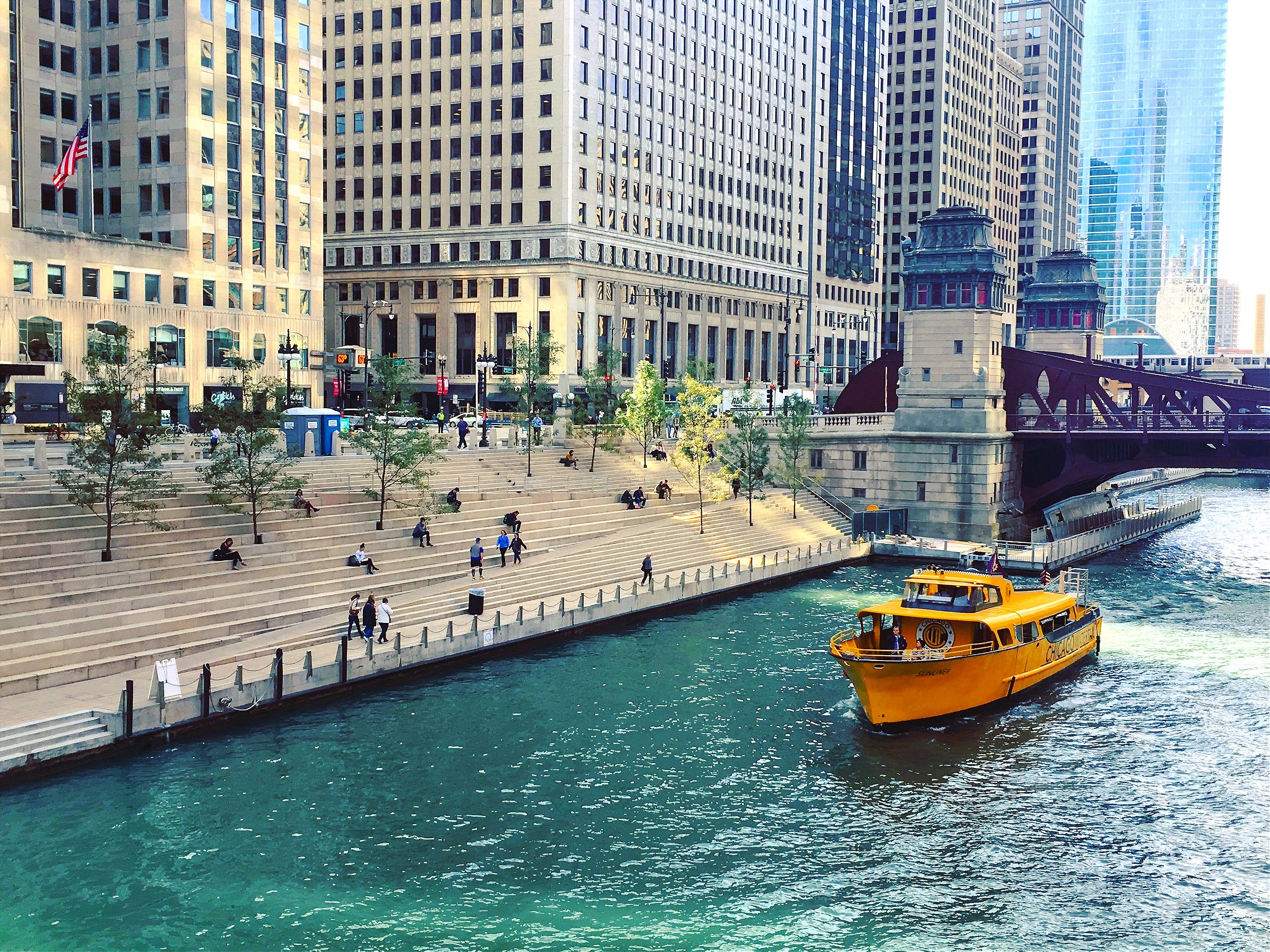
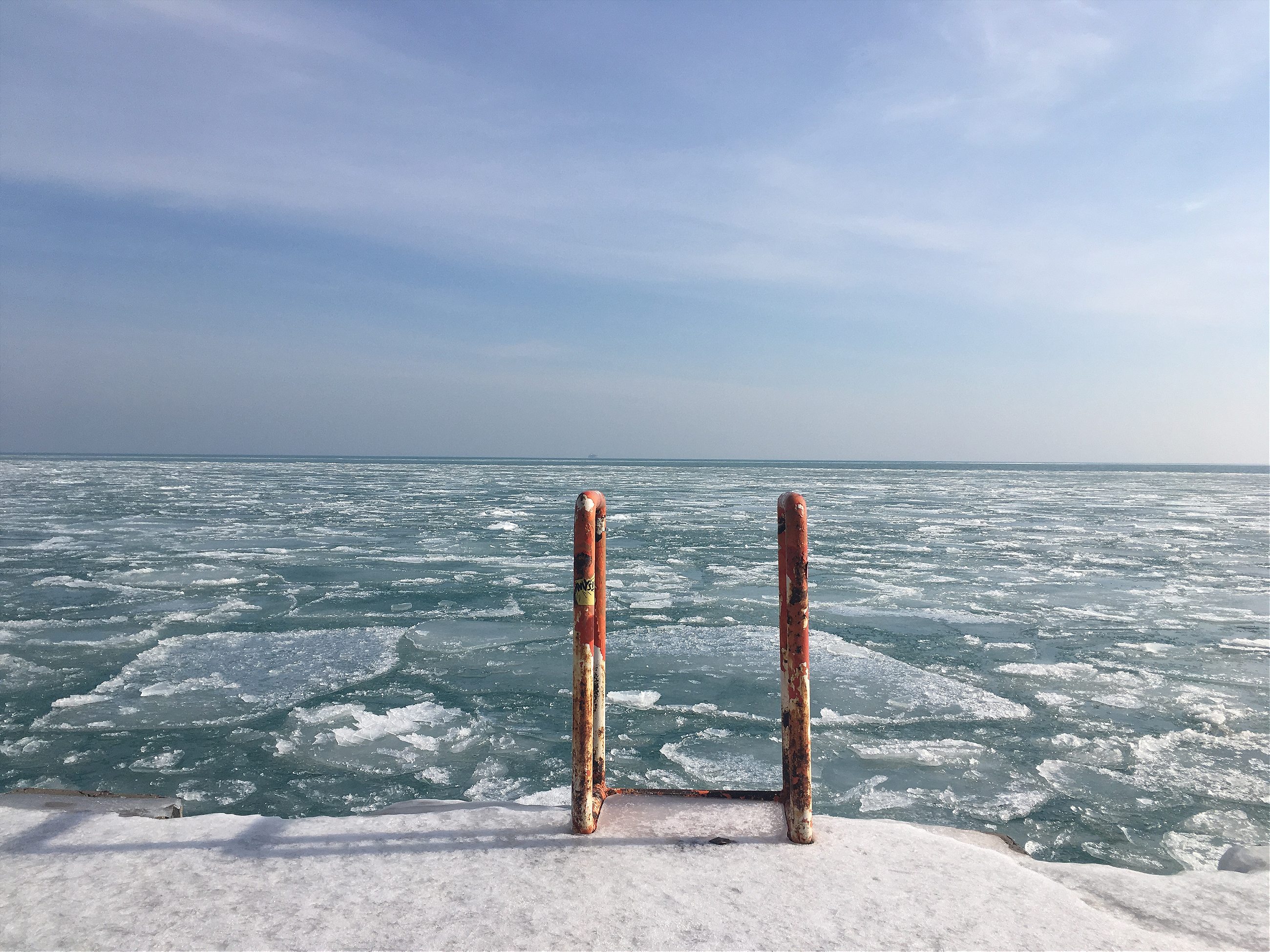

Be informed… Chicago is segregated by both wealth and race. Overall, it’s doing well. The unemployment rate is only 3.8 percent, but wealth is not equally distributed. More than one-third of city workers make more than $100,000 per year, while the city’s median income for a household is $63,153. Northwestern University did a study on crime in Chicago and found that 50 percent of shootings were concentrated in 12 poorer neighborhoods, and attributed to gang violence. A legacy of segregation has shut poor black families out for generations, and it’s still happening as city officials move money away from poor communities. Industrial jobs have disappeared, and access to higher education is poor. Also, middle-class black families are leaving—181,000 black residents left Chicago between 2000 and 2010. Segregation and isolation have exacerbated inequality and contributed to violence. Use common sense when traveling around the city, but also understand that the reasons some areas are more dangerous is complicated.

…and look beyond the headlines. Chicago is often called one of the murder capitals of America. It does have high rates of gun deaths, but the city is not even in the top 25 for cities with the highest murder rates in the United States. In fact, the murder rate dropped in 2018 for the second year in a row. Homicides are concentrated to the south and west sides of the city, where they went up in 2018. Take extra care in, or passing through, the Austin, Englewood, North Lawndale, or West Garfield Park neighborhoods, but most of the city is safe.

Pick your base. Within neighborhoods, Chicago is a walkable city. Base yourself in the River North area to easily get to most major sites and museums on foot. Stay in West Loop or Wicker Park to be within walking distance of galleries, fashionable stores, and some of the city’s best restaurants. Or for a bit of everything, spend your time in Lincoln Park, where you can dine and shop then walk one direction toward the zoo and beaches, and another toward Boystown and Wrigley Field.

Look beyond hotels. Chicago has some great hotels, but they’re expensive, and scarce outside of downtown. If you want to stay in a neighborhood outside the Loop, get an Airbnb or other home-rental option instead. Wicker Park and Bucktown are known for cool, loft-style apartments, and in Lincoln Park and Lakeview you’ll find townhouses. If you’re feeling fancy, you can even rent a historic mansion in the Gold Coast.
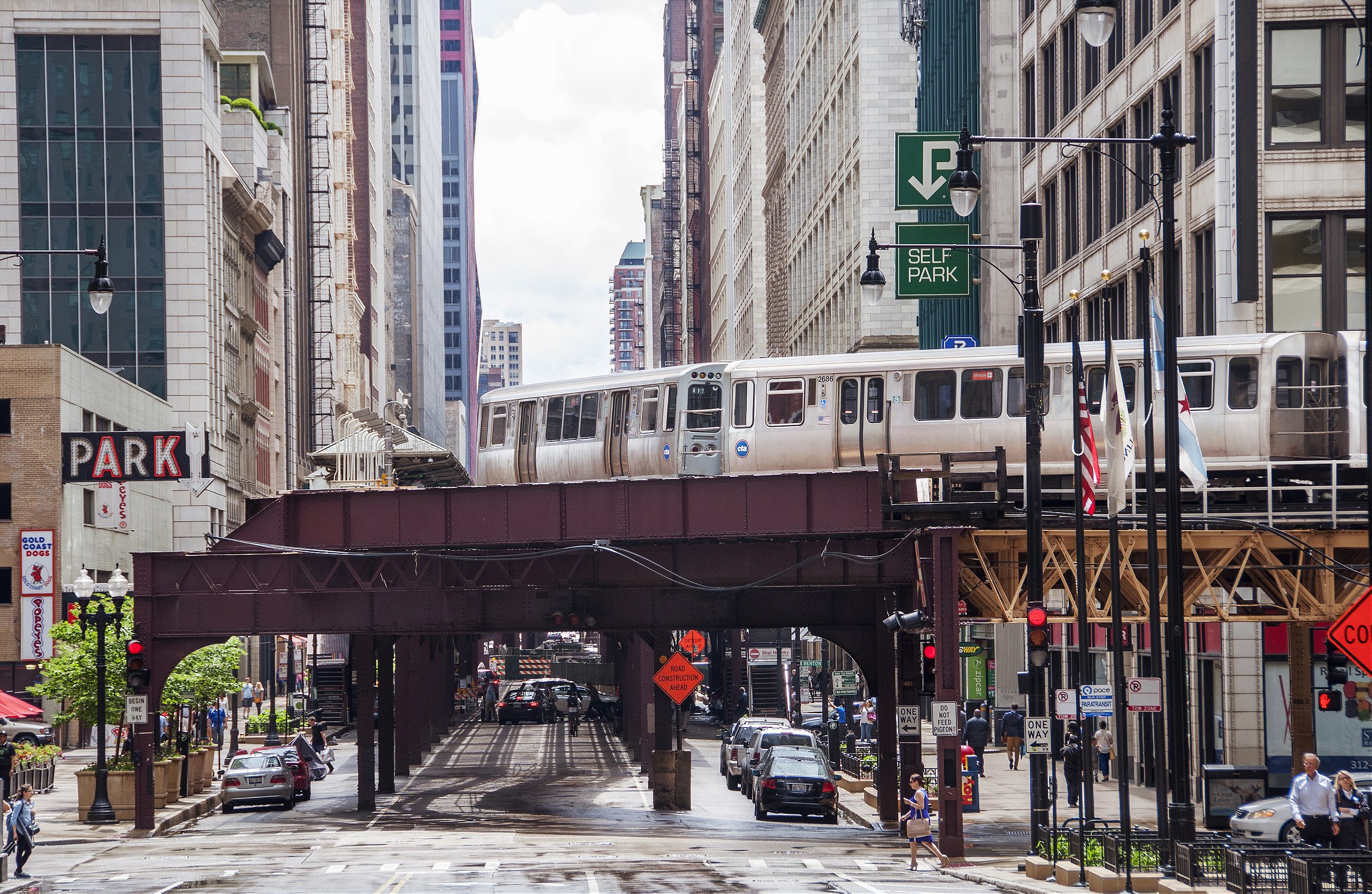

Don’t drive downtown. Driving your own car and parking, especially downtown, will cost you—often more than US$70 a night. Chicago public transport has a set fare (US$2.25), meaning you can go three blocks or three miles and pay the same price. Between the bus and the “L” (our elevated and underground metro system) you can get pretty much anywhere you need to go. Buy an unlimited ride pass at most L stops or in convenience stores, and use Google Maps or the CTA tracker to find your way around. A few L tips: if you’re traveling north to south, take the Red line. This can get you close to most sights. The Blue line heads west and straight to the airport. The Brown line goes above ground, and has great views of the city (take it from Lincoln Park to the Loop). Always let everyone off the L before you get on, and don’t hover next to the door unless your stop is next. There is also Uber and Lyft, and shared rides are cheap—and a great way to get tips from fellow passengers. Divvy, Chicago’s bikeshare program, has 580 stands. It’s a 30-minute ride for $3, or $15 for an all-day pass.

Don’t ask for ketchup on your hot dog. Chicago hot dogs start with an all-beef frank, and are served with yellow mustard, pickle relish, chopped onions, tomato, a pickle, peppers, and a sprinkle of celery salt in a poppy seed bun. No ketchup allowed. One reason people mention is that a Chicago dog already has tomatoes, so ketchup is redundant. Others will tell you that all of the toppings are fresh, so adding a high-fructose sauce ruins the “salad on top of a sausage” appeal. Plus, the meat is steamed, not grilled, meaning the texture is already on the soft side and ketchup makes it too moist and also makes the bun soggy. Another argument is that Chicago dogs come from German and Polish sausages, which are served with mustard but never ketchup. We’re just keeping with history and heritage, people will say. Not every person who hates on hot dog ketchup will know these reasons; they’ll just know adding ketchup is abhorrent in Chicago culture and it is their duty to tell you so. For true Chicago dogs with culture to match, try Jimmy’s Red Hots, The Wiener’s Circle (prepare to be berated: it’s tradition there to insult customers), Superdawg Drive In, or Portillo’s.
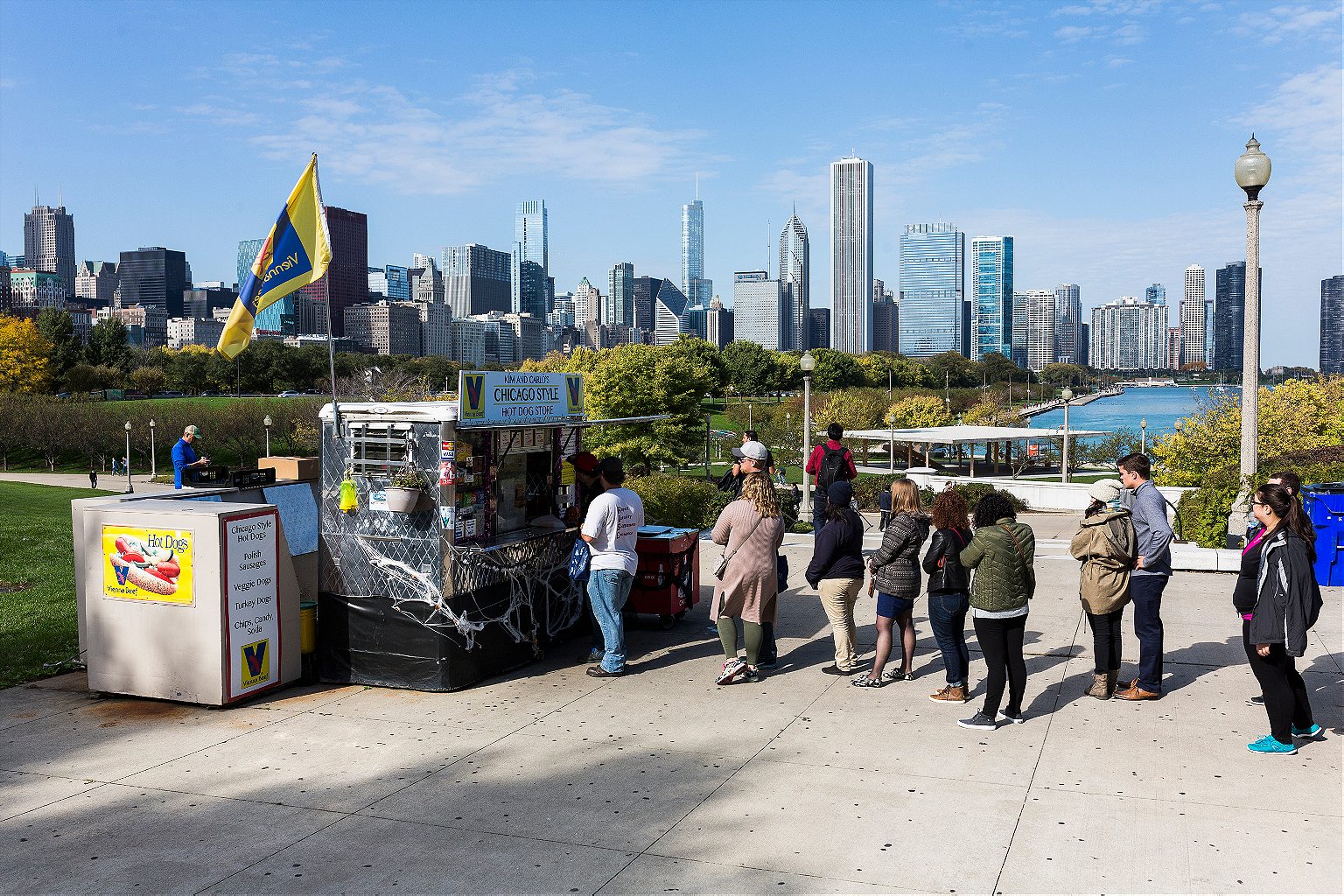
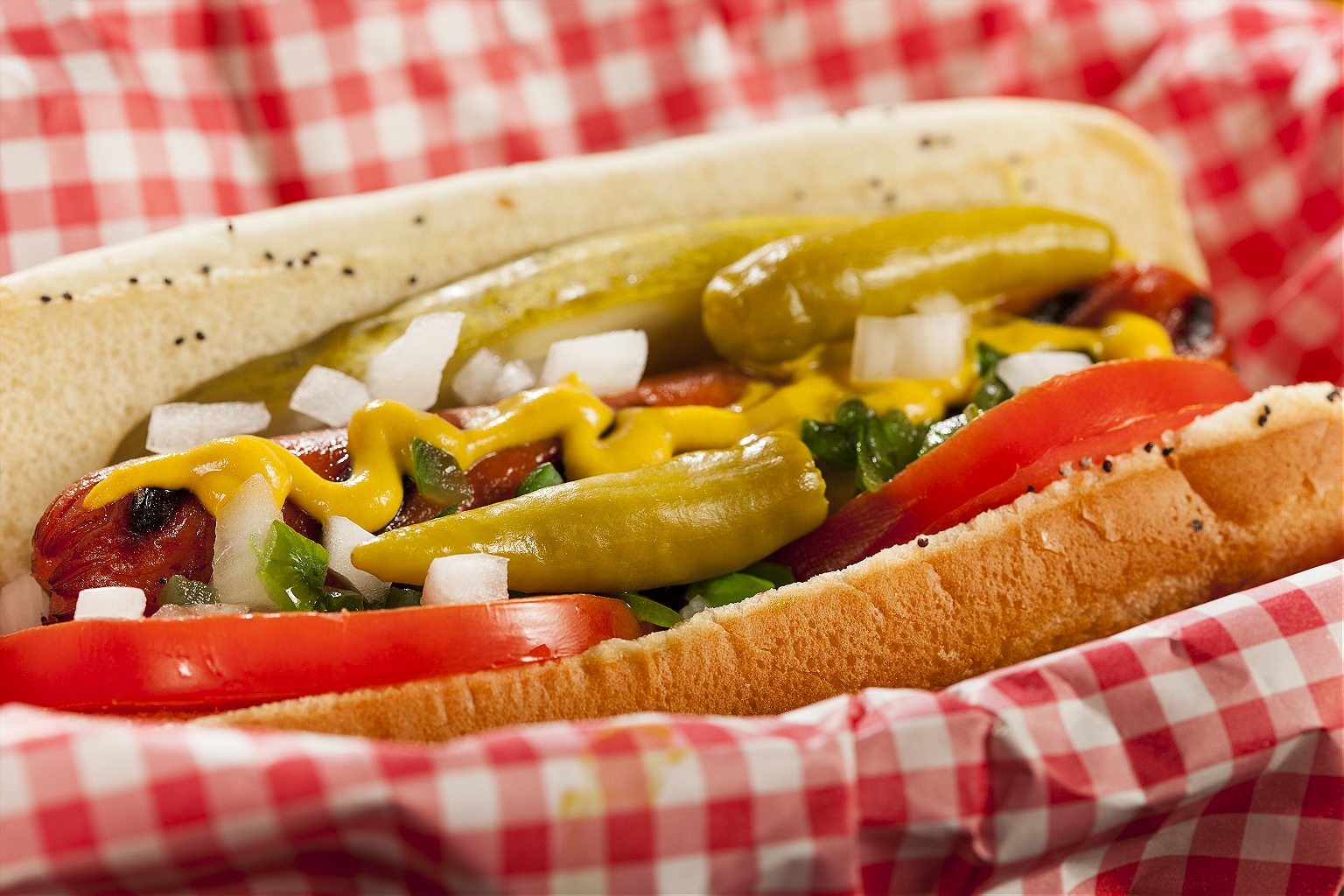

Don’t go just anywhere for deep-dish. If you’ve never tried a deep-dish pizza, obviously this is the place to do it. Deep-dish is baked in cast iron pans with layers of dough, made crunchy by excessive use of butter, and topped with thick layers of cheese. No one knows for sure who invented it, but some accounts point to Uno’s founder Ike Sewell, who opened his restaurant in 1943 hoping to create an American version of Neapolitan pizza. Other stories credit Sewell’s chef, Rudy Malnati, who went on to found Lou Malnati’s. There’s debate about which deep-dish restaurant is the best: Lou Malnati’s, Uno’s, or Giordano’s. Many Chicagoans (myself included) will say Lou Malnati’s. The pizza has a flaky, buttery crust that’s lighter than its competitors, topped with Wisconsin mozzarella, a special sausage blend (if you’re going for the classic), a fresh, chunky, sweet plum tomato sauce (on top of the cheese and toppings), and an extra sprinkle of cheese and seasonings. Pequod’s is another top contender, and a little different: Instead of a flaky crust, it has a pan-style, caramelized crust.

Get out of downtown. Chicago has 77 neighborhoods. Walk Dearborn, State, and Cedar streets in the Gold Coast for gorgeous brick mansions and a taste of a refined past. Head to Wicker Park for boutiques and music clubs. Boystown is one of the nation’s largest and most vibrant LGBTQ neighborhoods, and has some of the city’s best nightlife. Visit Pilsen for the food, the National Museum of Mexican Art, and working-class history. Or head to West Loop, the former meatpacking district, for art galleries and restaurants.


Go north… On the far north side of Chicago is one of the city’s best food streets: Devon Avenue. Many of its great restaurants are unassuming and easily missed, housed in strip malls or small buildings with faded signs. But they’re famous among certain communities for being the best at what they do: Iraqi bread, Indian sweets, challah, Cuban sandwiches, and more. Most visitors rarely make the trek, but they’re missing out. Start with Argo Bakery for Georgian khachapuri, Sukhaida’s Sweets and Snacks for Indian sweets, Ghareeb Nawaz for plates of steaming biryani, La Unica Food Mart & Restaurant for Cuban sandwiches, and Tel Aviv Kosher Bakery for rugelach.

…and south. Spend an afternoon in Hyde Park, where you can visit the Museum of Science and Industry, the University of Chicago, stop by Frank Lloyd Wright’s Robie House, or see Yoko Ono’s Skylanding installation in Jackson Park. You can also see President Obama’s residence and trace his early days–from his first apartment to his barber shop and even the spot where he and Michelle first kissed. (Follow this self-guided walking tour for Obama highlights.) Then, go farther south to Calumet Fisheries—one of the few true smokehouses left in Illinois. The fish, smoked with natural wood, is worth the trek.
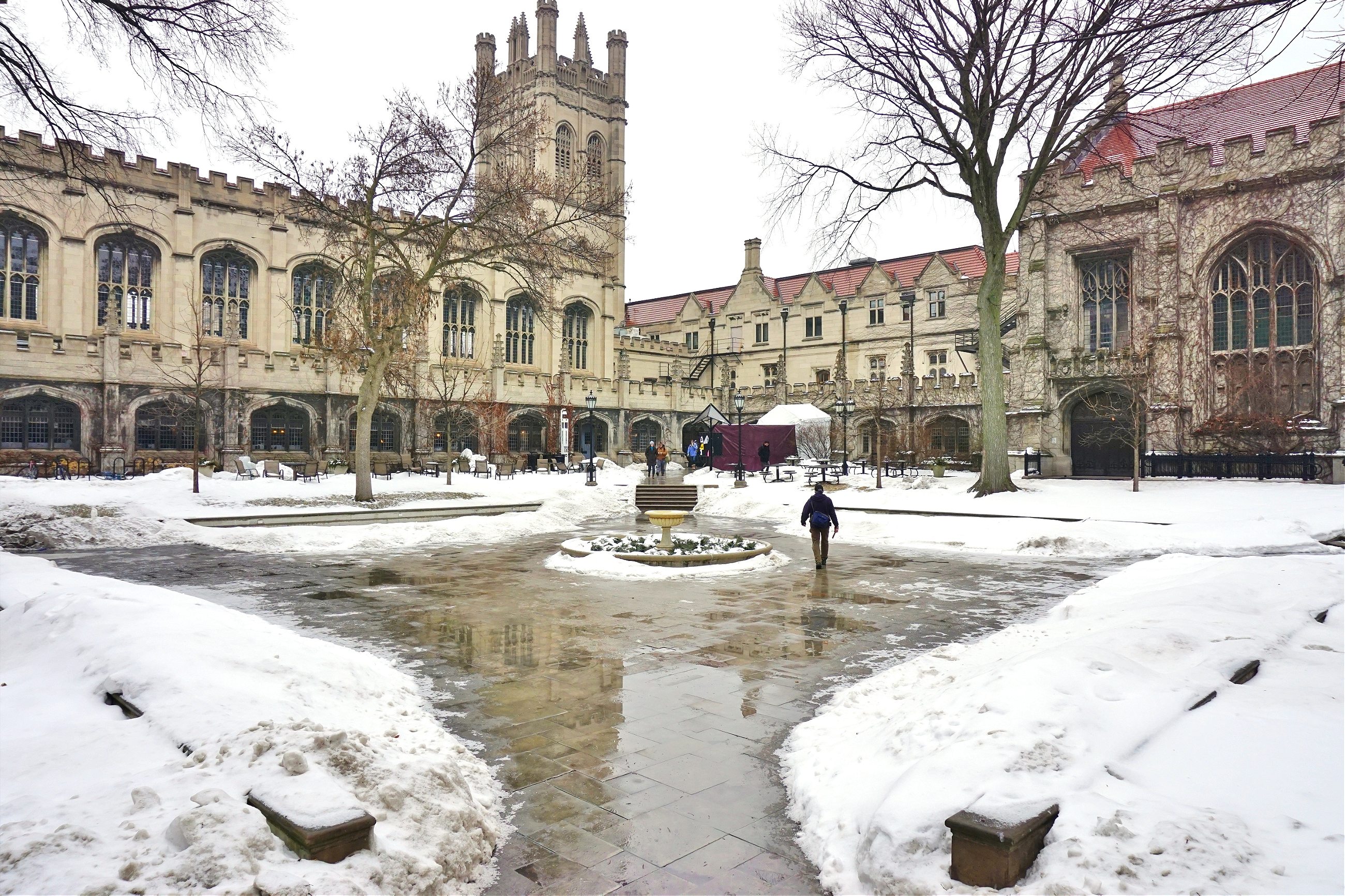

Take a shot of Malört… Jeppson’s Malört is a bitter wormwood liquor created by Swedish immigrant Carl Jeppson in the 1930s. It’s terrible, and even the makers knew it. The label on the back used to say (among other things): “Its strong, sharp taste is not for everyone. Our liquor is rugged and unrelenting (even brutal) to the palate. The taste lingers and lasts—seemingly forever. The first shot is hard to swallow!” Still, taking a shot is a sort of Chicago initiation. Find shots at Galway Bay (you’ll know you’re in the right place when you see the neon Malört sign out front), or many dive-style bars.

…then grab drinks. Chicago is a cocktail town, with many of the best bars in Logan Square. Try Billy Sunday for takes on classics, Lost Lake for adventurous tiki drinks, Scofflaw for all things gin, and The Violet Hour for a high-end cocktail experience (just make sure to follow the house rules). If cocktails aren’t your thing, try the tap rooms at Goose Island, where beers such as 312 and the Green Line pay homage to the city, or Half Acre Beer Company, Corridor Brewery & Provisions, or Band of Bohemia (the first Michelin-starred brewpub).

Make reservations. Chicago has some of the best restaurants in the country, and they’re booked out far in advance. If you want to dine at Alinea, one of the best restaurants in the world, you’ll need to reserve at least a few months ahead. For other fine-dining restaurants you might get lucky on a weeknight, but should make reservations a week or two in advance for weekend dining.

Be patient. For some of Chicago’s famous dishes, you’ll just have to wait. Au Cheval, which I think has one of the country’s best burgers, doesn’t take reservations, and lines often run out the door. For the city’s best doughnuts, get to the tiny Doughnut Vault early—once they run out, they close.

Get on a boat. If you do one well-known attraction, make it this one. A 90-minute architecture riverboat tour, through the Chicago Architecture Foundation, is popular with visitors but it’s worth doing. It’s one of the best ways to get your bearings in the city, and you’ll hear dramatic histories and excellent trivia about more than 50 historic buildings along the river that made Chicago what it is today. There are many companies offering similar tours, but the guides on this one are certified by the Chicago Architecture Center and really know their stuff. You’ll learn, for example, that the Tribune Tower includes 150 pieces of other famous landmarks, including the Great Wall of China, the Berlin Wall, Angkor Wat, and the Great Pyramid of Cheops. Or about how then-Mayor Rahm Emanuel, the Pulitzer Prize-winning architecture critic Blair Kamin, and even the building’s architect, Adrian Smith, hated the 20-foot “TRUMP” branding on the Trump International Hotel & Tower and called for it to be removed, setting of a bizarre feud with Trump. (This battle prompted the city to rewrite the rules on absurdly large lettering on buildings.) Also, there’s a full-service cash bar on board the boat, serving drinks and snacks, but you can also bring your own food and drinks. Crack a beer and prepare for some Chicago beauty and drama.


Support local industry. Catch a comedy show. Chicago is famous for improv, most notably as the home of Second City where Steve Carell, Tina Fey, Stephen Colbert, and many other comedians started out. It’s worth the ticket price, but there are plenty of smaller comedy clubs too. Check out Zanies, The Comedy Bar, Laugh Factory, iO Chicago, or UP Comedy Club Chicago. You can find all types of comedy, but sketch comedy and improv are the city’s bread and butter. Improv as we know it today began when Paul Sills and David Shepherd founded the Compass Players group at University of Chicago in 1955. Sills went on to form Second City, and from there numerous other clubs opened up. Chicago became known for improv, and budding sketch comedians still come to Chicago to hone their skills.

Go for the smaller theaters. In Chicago you can catch a Broadway show on tour or see Tony-winning performances at Steppenwolf, and those are both great things to do, but for more affordable theater catch one of the many storefront shows. In recreational spaces around the city, small theater groups put on productions for 50-150 people, who often gather on folding chairs or other makeshift seating to watch. This is where Chicago’s directors and actors work on projects that really matter to them, for open-minded, sometimes niche audiences. There’s often a bar, the vibe is casual, the crowd is local, the tickets are cheap, and the performances excellent. Strawdog Conservatory, Red Tape Theater (where tickets are free), The Den, Pride Films and Plays, and Redtwist are just a few of the many storefront theater options.



Pick your jazz clubs. Chicago’s jazz and blues history dates back to the Great Migration, when six million African-Americans in the South moved north because of harsh segregation laws and lack of job opportunities at home, bringing music styles from the Mississippi Delta and New Orleans. Blended together and adding local influence, Chicago-style jazz emerged with more guitar and bass and faster tempos than jazz in the south, paving the way for swing music. The Green Mill is one of the city’s most storied jazz clubs. It was a favorite hangout for Al Capone (his booth is near the short side of the bar) and the green mill outside is an homage to the Moulin Rouge in Paris. If you’re a night owl, head there on Saturdays from midnight to 5 a.m. for the Sabertooth Organ Quartet, a 25-year-old institution that plays a set with an after-party feel. Or head to Andy’s Jazz Club for four nightly shows or Saturday and Sunday brunch shows at noon. (There’s a an admission fee at night, but brunch shows are free.) Book a table to dine on steak or Cajun shrimp risotto during the show. Also check out Elastic Arts, a non-profit that hosts art exhibits and hip-hop shows, on Thursdays for jazz, and Jazz Showcase—the city’s oldest club.
Walk! My favorite thing to do in Chicago is walk without agenda. It can be tempting to fit a lot in and go from point A to B in the most efficient way possible, on the train or in a car. But you’ll miss out on local shops, public art, street performances, and sights not on your list. When I have extra time, I pick a neighborhood and devote a few hours to mindless wandering. You should do the same.
